Bioluminescence in the Depths
For centuries, humans have relied on nature’s hidden glow to navigate darkness. Before artificial lighting, miners and submariners used bioluminescent fungi—an organic guide illuminating unseen pathways. During the early 19th century, sailors in deep-sea submarines harnessed Panellus stipticus and Armillaria mellea to light up maps without flames that could consume oxygen. Similarly, Japanese coal miners once lined their tunnels with glowing fungal wood, avoiding hazardous lanterns. This ancient collaboration between human ingenuity and fungal light foreshadowed a modern fascination with optics, illumination, and immersive storytelling.
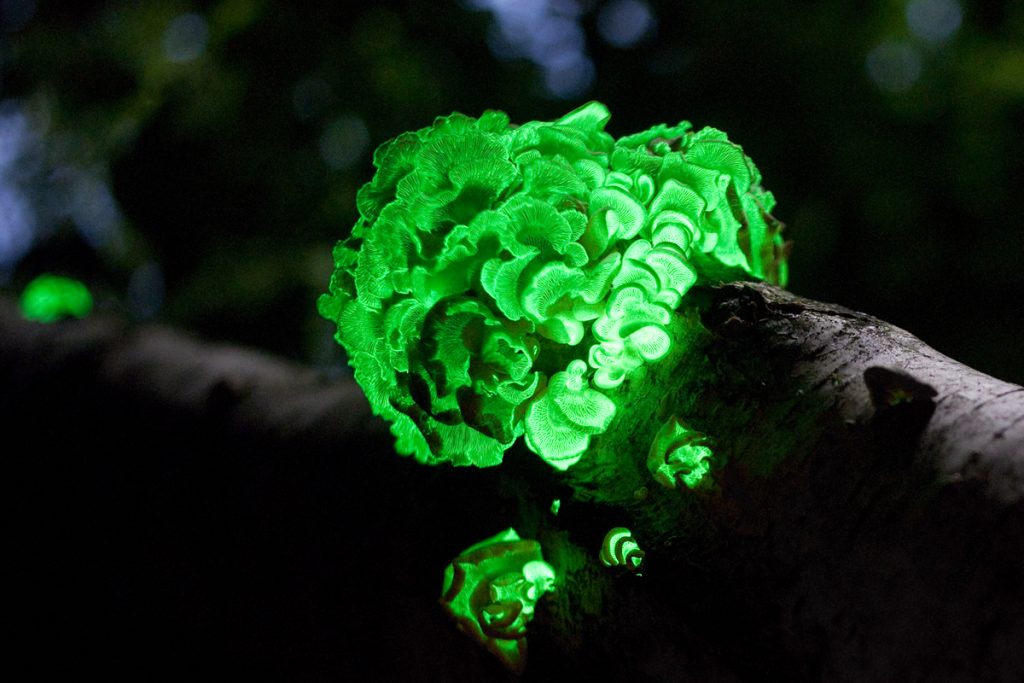
Luciferin & Luciferase: The Alchemy of Living Light
The term “Lucifer” originates from Latin, meaning “Light Bearer.” Today, it resonates within science as Luciferin, the compound that fuels bioluminescence, and Luciferase, the enzyme that sparks its reaction. A molecular dance of energy, nature’s own luminescence reminds us that light does not always come from fire—it can emerge from symbiotic, microbial relationships that predate our species by millions of years.
From Ancient Navigation to DIY Mycofabrication
Fast forward to the DIY biohacker and hybrid research movement—a space where technology meets speculative biology. Open-source knowledge and maker culture allow artists, scientists, and technologists to recreate bioluminescent environments, not just as spectacle but as an invitation to rethink our relationship with living light.
In this era of XR, VR, and immersive storytelling, one of humanity’s greatest advancements lies in optics—lenses, mirrors, and magnification. From telescopes scanning exoplanets to quantum computing using photon entanglement, we are obsessed with seeing beyond our natural limits. Yet, at the core, one of the simplest DIY Open Access tools—the Google Cardboard—serves two profound functions:

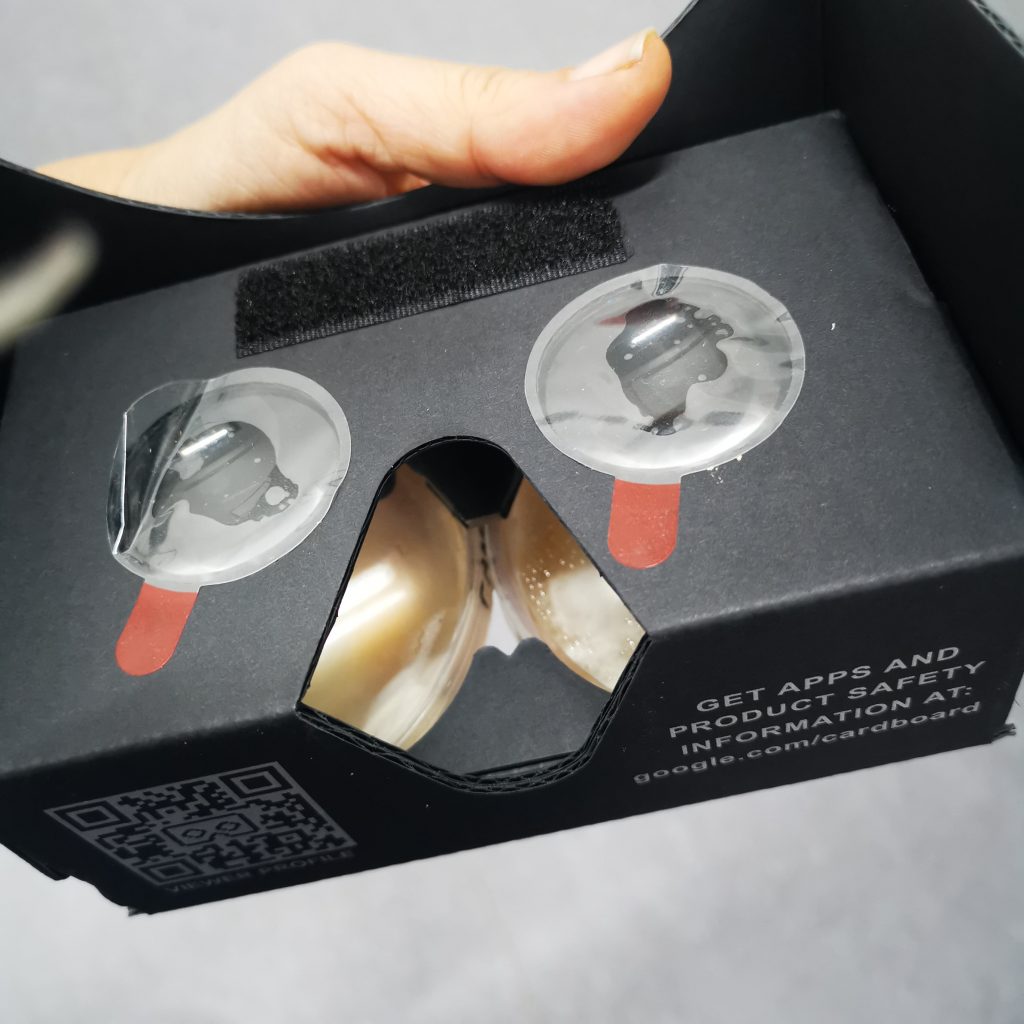

1️⃣ A Digital Portal – When paired with a smartphone, it enables 360° VR experiences, transporting us into digital bioluminescent worlds.
2️⃣ A Living Lens – In a dark room, it becomes an organic observatory: replace the screen with two petri dishes of glowing mycelium, and suddenly, an age-old phenomenon unfolds before your eyes.
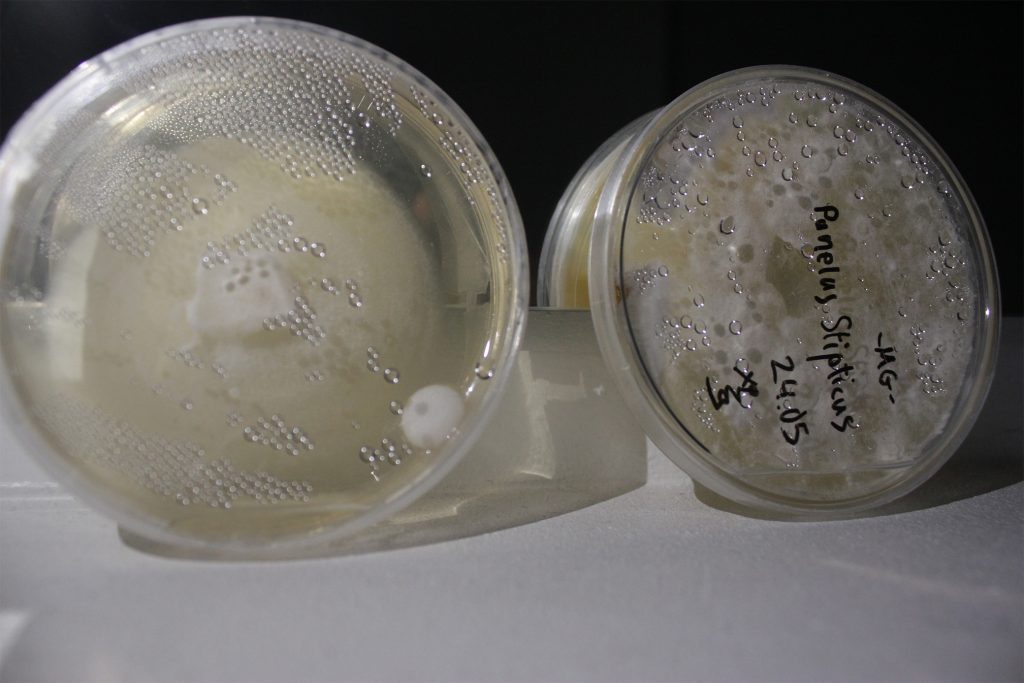

In complete darkness, the brain stops producing phosphenes (spontaneous light hallucinations). Within one minute, bioluminescence reveals itself in pure, natural clarity. The lenses magnify the fungal glow, transforming the viewer into a witness of an ancient, living network—one that shaped our planet long before human eyes evolved to see.
Technology should not distance us from nature but bring us closer to its intelligence.
The challenge is to wield these advancements as tools of connection, not isolation—to reimagine ecological futures beyond the human experience.
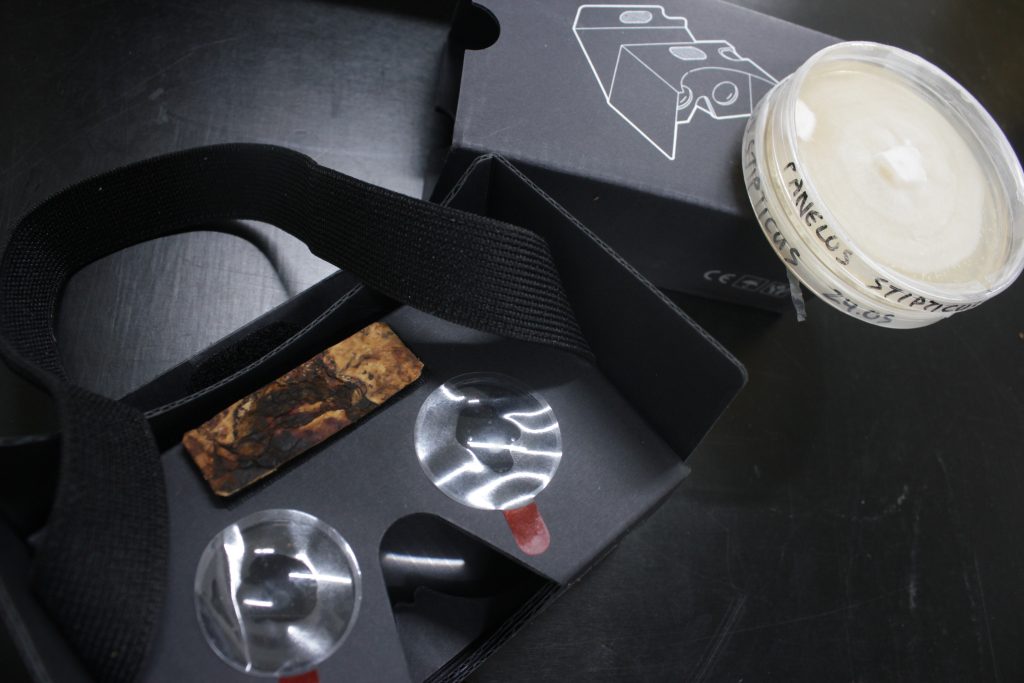
Foxfire & The Sacred Glow: Living Sculptures of Light
My work in dark room projects and bioluminescent sculptures explores these intersections. One such piece, “God Lives Just Below the Surface of the Soil,” remains a living experiment—six months after its creation, the fungal network still glows.
Presented during Berlin Art Week 2024, this Foxfire Cross embodies a paradox: a bioluminescent icon of an ancient, more-than-human faith.
Millions of years before humanity conceived religion, fungi were illuminating the forest floor. Now, in the sterile landscapes of modernity, they challenge our perceptions of the sacred—an organic, decentralized spirituality that thrives beneath our feet.
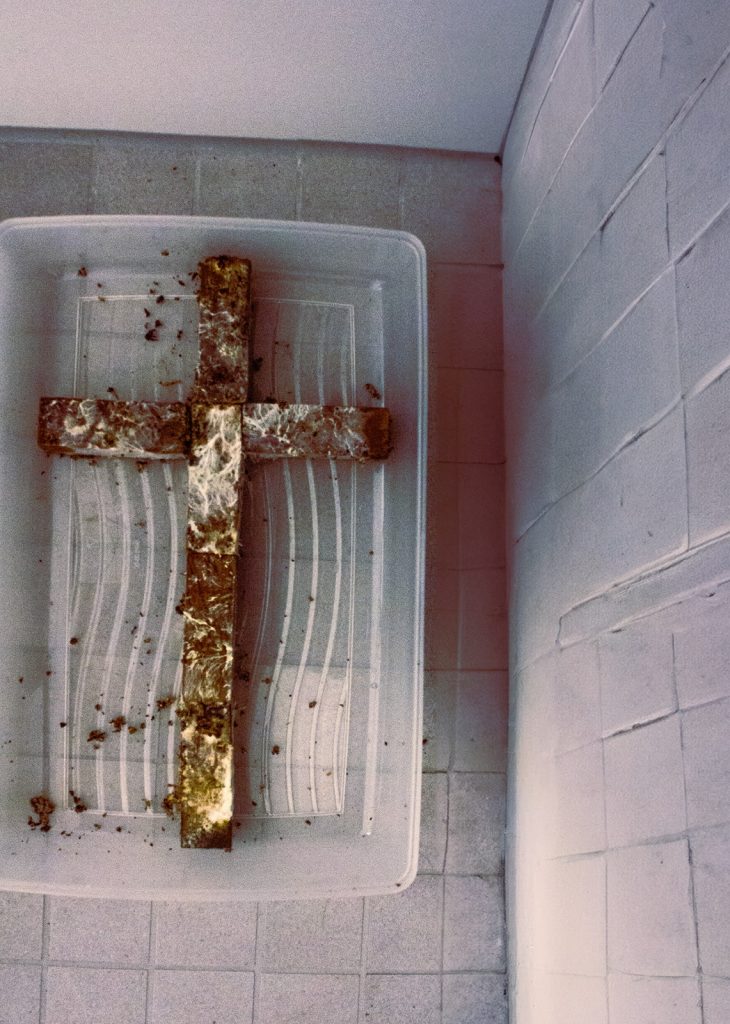
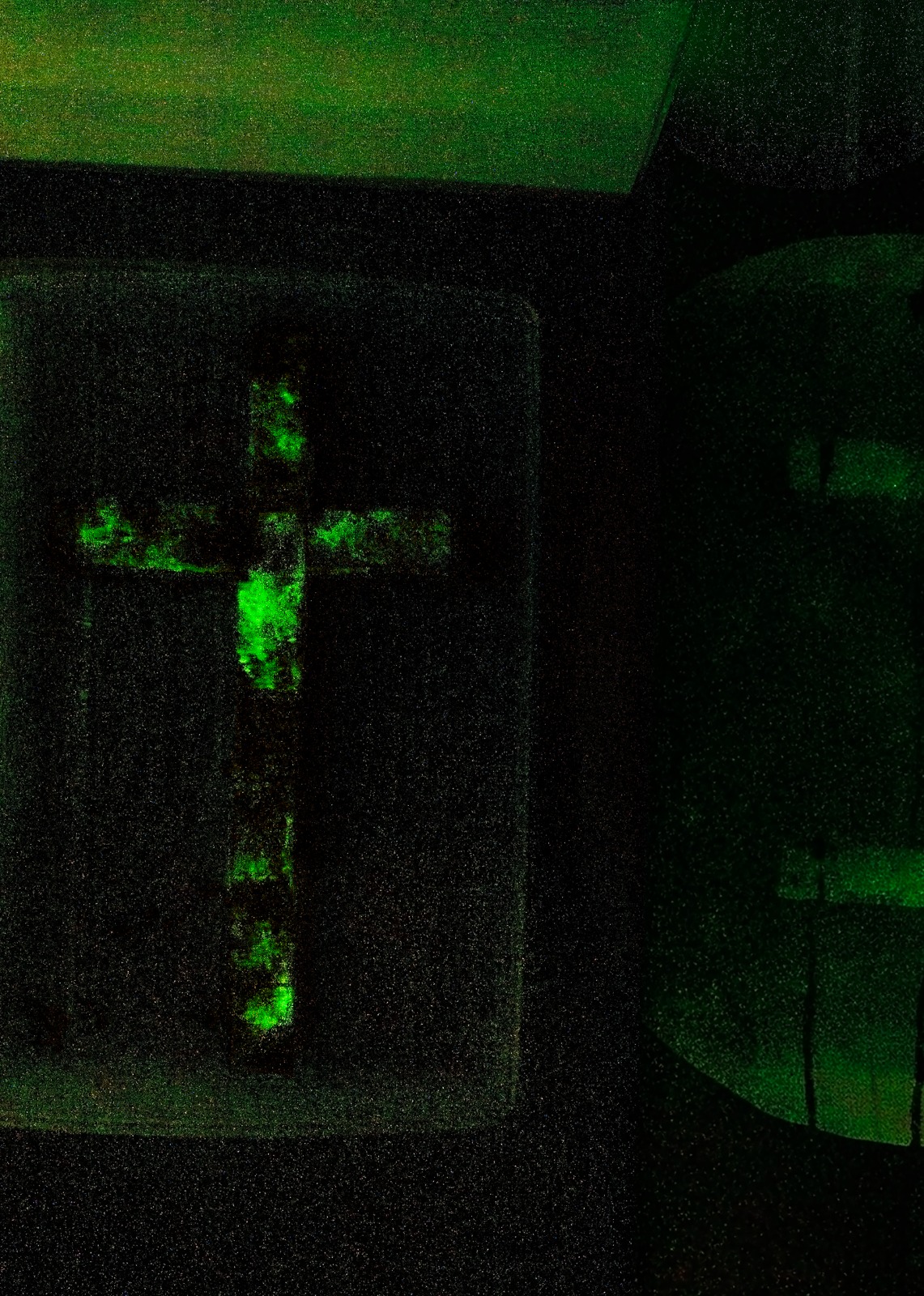
Have you ever heard of the tale of the wounded healer—the one who walked through darkness and returned bearing impossible light?
In Latin, they were called Lucifers—Light Bearers.
Today, fungi, bioluminescence, and optics reclaim that role—not as myth, but as living proof that darkness does not erase, it transforms.
Bioluminescence is more than just a glow—it is an invitation to see differently. Through immersive tech, DIY bioart, and speculative design, we can rethink our position in the entangled ecologies of the future. Whether through a VR headset or a petri dish in a dark room, light is a guide—not just through the shadows but into the heart of more-than-human intelligence.
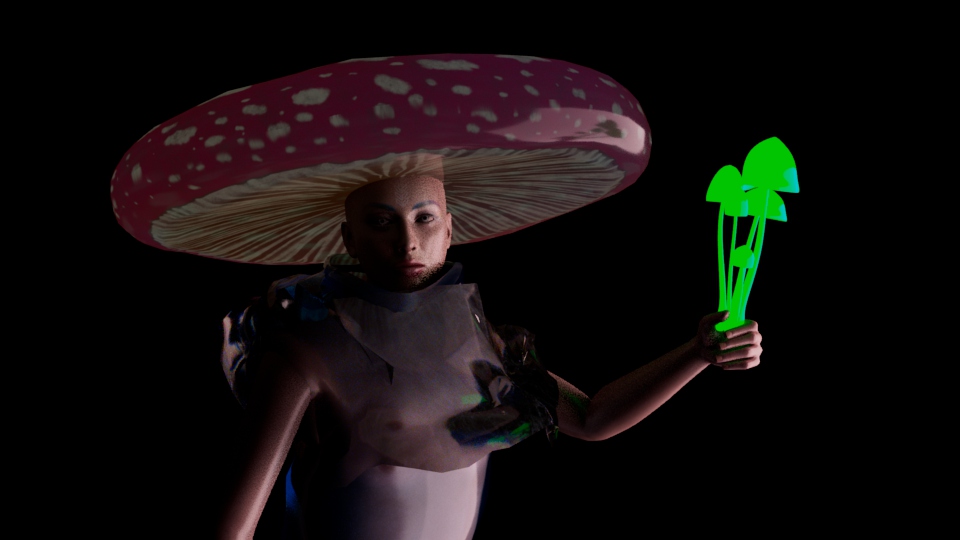
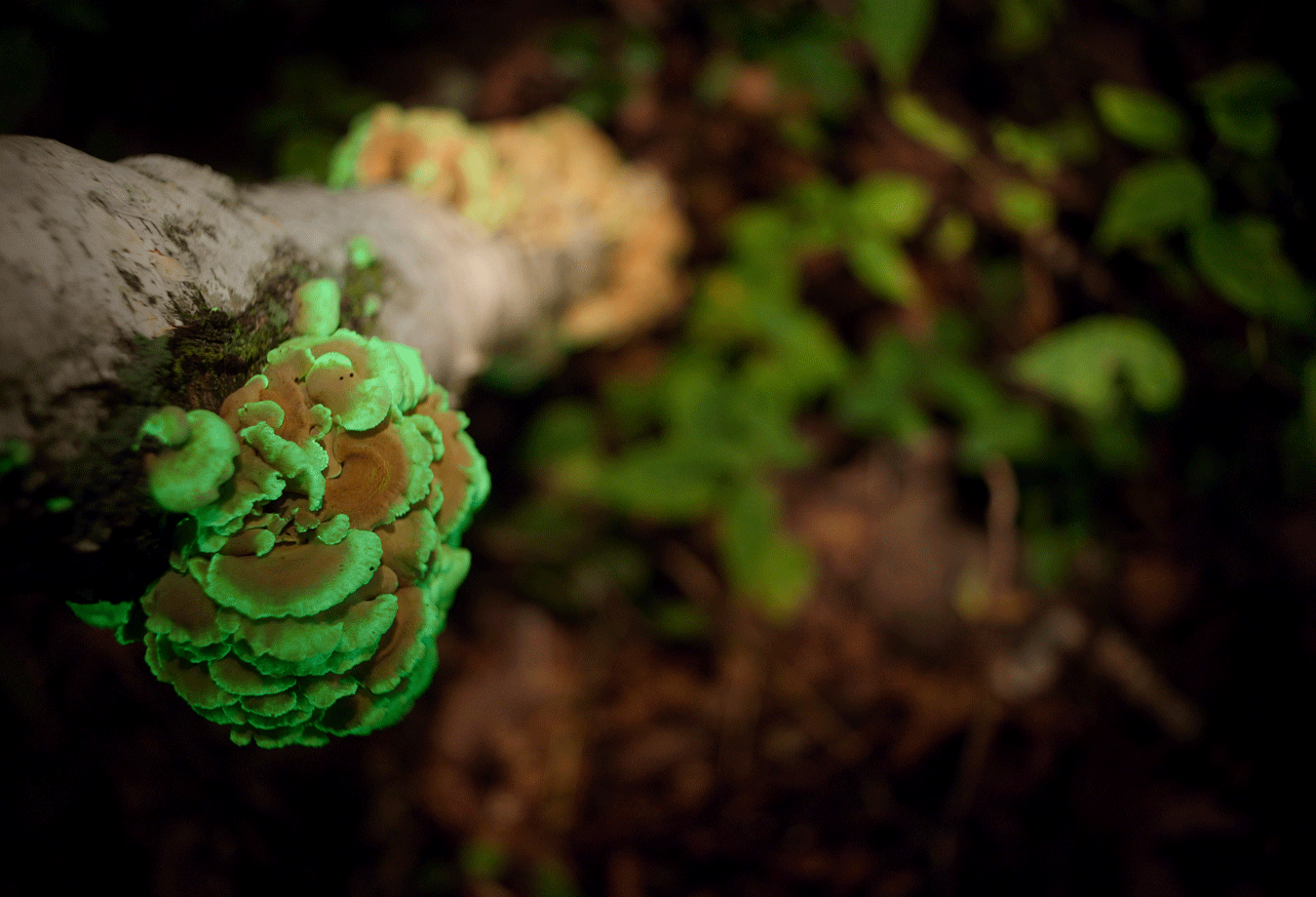

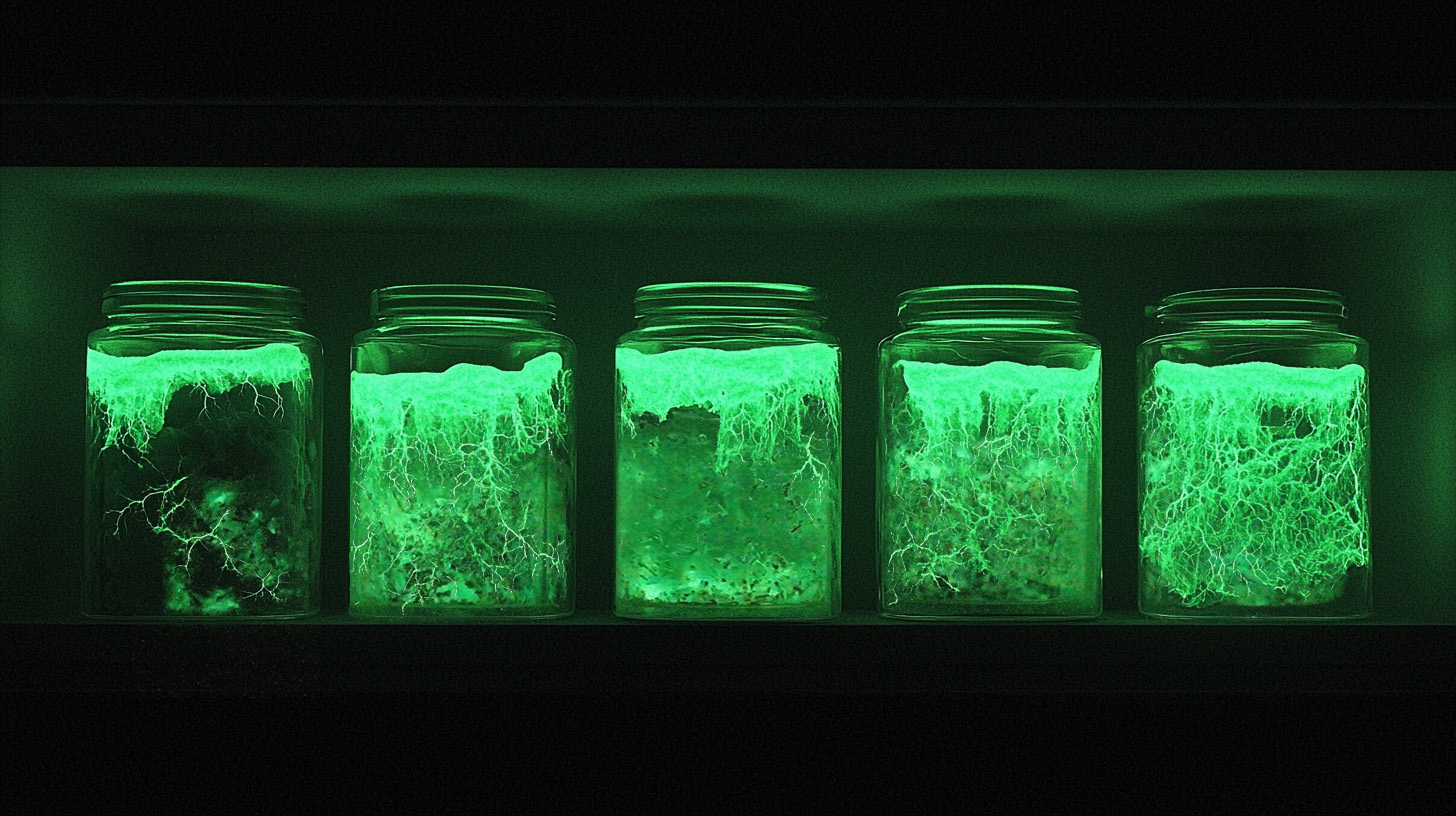
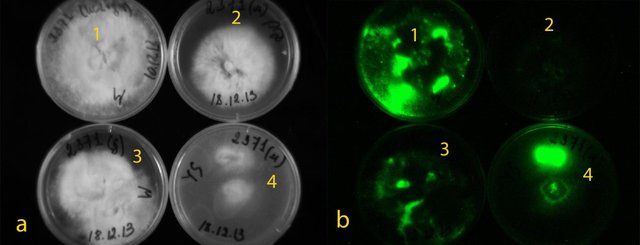
Leave a Reply